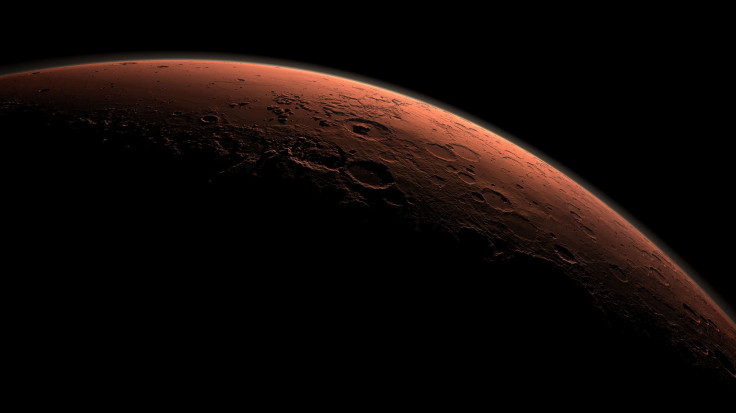NASA's Mars Discovery: 3-Billion-Year-Old Organic Material, Maybe Signs Of Ancient Life

NASA’s much-awaited announcement of findings from Mars has finally been made and it’s an encouraging news for all those hoping to find signs of ancient life on the red planet.
On Thursday, the agency revealed its Curiosity rover, which has been scouring the Martian surface since 2012, has found organic molecules preserved in three-billion-year-old sedimentary rocks on the planet. The so-called “tough” molecules include carbon and hydrogen, and may also contain oxygen, nitrogen, and other building blocks of life.
As NASA said in a statement, the findings indicate the planet may have supported life sometime in the past; however, one cannot be sure as of now because these molecules can also be produced from non-biological processes that are not associated with life.
“Curiosity has not determined the source of the organic molecules,” NASA’s Jen Eigenbrode, the lead author who detailed the discovery, said in the statement. “Whether it holds a record of ancient life, was food for life, or has existed in the absence of life, organic matter in Martian materials holds chemical clues to planetary conditions and processes.”
The rover drilled samples from sedimentary rocks known as mudstone from four sites in the Gale Crater, which it has been exploring for years. Scientists already knew billions of years ago liquid water existed on Mars and the crater had an ancient lake. They thought mudstone rocks, formed from silt accumulated at the bottom of the ancient lake, might hold some clues and analyzed the powdered samples from Curiosity’s Sample Analysis at Mars instrument suite.
They heated the sample to more than 500 degrees Celsius and measured tiny organic matter releasing from it. The whole exercise discovered molecules like thiophenes, benzene, and toluene indicating the presence of hydrogen and carbon, with the latter existing in concentrations higher than 10 parts per million.
This suggests the lake inside the Gale Crate once had all necessary ingredients to support life, even chemical building blocks, and energy sources.
“The Martian surface is exposed to radiation from space. Both radiation and harsh chemicals break down organic matter,” Eigenbrode added. “Finding ancient organic molecules in the top five centimeters of rock that was deposited when Mars may have been habitable, bodes well for us to learn the story of organic molecules on Mars with future missions that will drill deeper.”
But that’s not the only discovery from Mars. In a second paper, a group of scientists described methane in the atmosphere of the red planet has been varying. Over last three Martian years, which equals to about six years here on Earth, Curiosity found the amount of methane within the Gale crater has been changing with seasons, rising during warm summer days and falling during the winters.
“This is the first time we've seen something repeatable in the methane story, so it offers us a handle in understanding it,” Chris Webster, the lead author of the second paper, said in the NASA statement.
Scientists believe the chemistry between water and rocks might have produced the gas, but the possibility of origin from biological processes is also there.
“This is all possible because of Curiosity's longevity. The long duration has allowed us to see the patterns in this seasonal 'breathing,'” Webster added.
That said, the agency hopes future missions to the red planet, NASA’s Mars 2020 rover and ESA’s ExoMars rover, could delve into these findings and reveal the complete history of our neighboring planet.
“Are there signs of life on Mars?” Michael Meyer, the lead scientist for NASA's Mars Exploration Program, said in the statement. “We don’t know, but these results tell us we are on the right track.”
© Copyright IBTimes 2025. All rights reserved.





















